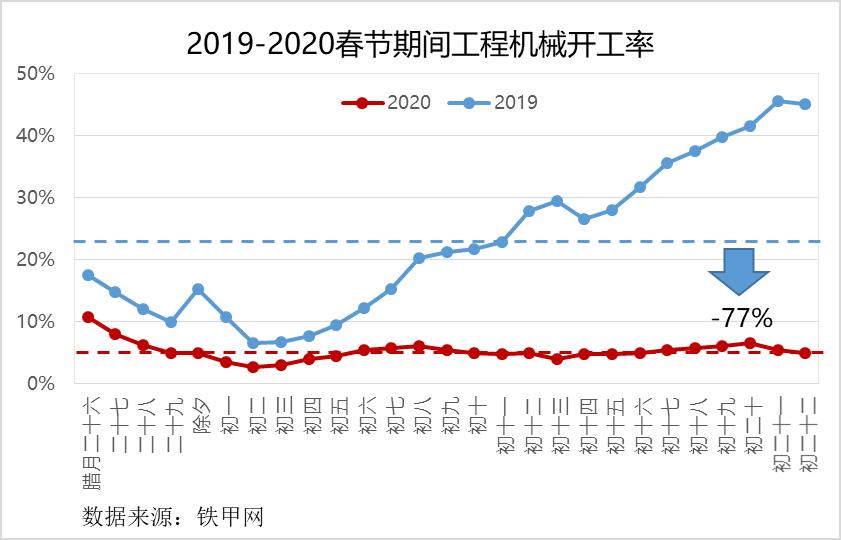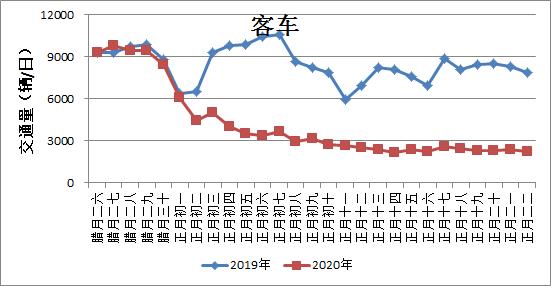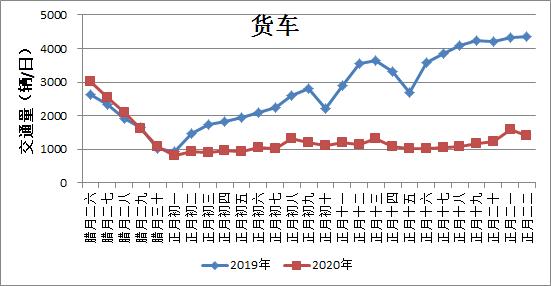Experts on the Defence of Blue Sky (5) Dust is an important source of particulate matter, and control should be continuously strengthened.
The causes, sources and control of heavy air pollution are one of the hot issues in society. During the Spring Festival and epidemic control, the National Joint Center for Air Pollution Prevention and Control thoroughly analyzed the characteristics and laws of the heavy pollution process, providing continuous scientific and technological support for winning the blue sky defense war in 2020. The National Joint Center for Air Pollution Prevention and Control has recently launched a series of expert interpretations, which we forwarded to further respond to public concerns. In this issue, experts from Nankai University and china environmental science Research Institute are invited to analyze and interpret the impact of dust on air pollution.
1. Dust is atmospheric particulate matter (PM10And PM2.5Etc.).
According to China’s Technical Code for Prevention and Control of Urban Dust Pollution (HJT393-2007), dust sources can be divided into four categories: road dust, construction dust, soil dust and yard dust. The research results of source inventory show that the emission of PM10 in Beijing-Tianjin-Hebei and the surrounding "2+26" cities reaches 1.7 million tons/year, and PM2.5It reaches 450,000 tons/year, of which roads and construction are the main sources of dust in most cities, and together they can account for more than 80% of the total dust emission. The results of urban particulate matter source analysis for many years also show that although dust has been controlled to some extent in recent years, the sharing rate of dust in most cities to PM2.5 concentration is still 15%~25%.
Urban dust has the characteristics of uncertain source intensity, random emission, diverse emission locations and types. The impact of dust is mainly affected by two factors: one is the amount of particles (such as road dust load) and the physical properties of particles (such as water content) on the carrier (such as roads) carrying dust, and the other is the disturbance degree of human activities or natural forces. The more dust accumulated, the greater the disturbance, and the more serious the impact of dust. There are a lot of cars driving in the road environment, and human activities are very intense, so road dust is one of the most important sources of dust. But the problem is that our roads don’t produce much particulate matter, and the road dust is very high on most roads. Many roads have more than 10 grams/square meter of dust, and good roads only have 1-2 grams/square meter, or even lower. So where does the dust on the road mainly come from? The research results for many years show that road dust is closely related to the material transportation in the construction site. In addition to the dust pollution caused by various construction operations (especially ground-breaking operations), it is more important to have its "long chain" emission, that is, a construction site will cause a large area of dust pollution due to the transportation and scattering of various raw materials, earthwork and other materials. Therefore, construction and roads are important sources of dust, and are the focus of urban dust control.
2. Changes in the activity level of dust-related pollution sources during the Spring Festival and the epidemic.
According to the big data of construction machinery based on the Internet of Things, the average operating rate of construction machinery during the Spring Festival in 2020 was about 5%, and it was about 23% in the same period in 2019, and the operating rate of construction machinery decreased by 77% year-on-year. After the Spring Festival in 2020, affected by the epidemic (from the seventh day to the 23rd day of the first month), the operating rate of construction machinery did not gradually return to the pre-holiday level as in previous years, but the operating rate remained at around 7%, and it did not show signs of recovery until after the 24th day of the first month. This shows that there are fewer construction projects and fewer "direct sources" of construction dust.

Operating rate of construction machinery during the Spring Festival in 2019 and 2020
(Source: Tiejia. com-Rolling Broadcasting of Operating Rate of National Construction Machinery)
In addition, motor vehicle traffic is also significantly affected by the epidemic. In 2020, the cross-sectional traffic volume of passenger cars and trucks in the six provinces of Beijing, Tianjin and Lu Yu will be 50% and 53% respectively compared with last year. From the first day of the first month to the seventh day of the first month in 2019, the cross-section traffic volume increased rapidly from a low value, and the cross-section traffic volume on the seventh day of the first month has basically reached a normal level, while in the same period in 2020, the cross-section traffic volume has remained at a low level due to the epidemic situation. This shows that there are fewer cars on the road and fewer disturbances caused by human activities.


Variation trend of cross-section traffic volume during Spring Festival in 2019 and 2020.
(Source: Planning Institute of Ministry of Transport)
3. The change of particulate pollution characteristics during the Spring Festival this year just shows the impact of dust.
During the Spring Festival and the epidemic, the sources of dust have decreased, so let’s take a look at the corresponding changes in the characteristics of particulate pollution. For "2+26" cities, the whole year of PM in 20192.5/PM10The average ratio was 0.57, and it reached 0.77 in January 2020, up 10% from 0.7 in the same period of 2019. It even rose to 0.84 during the Spring Festival and the epidemic period, up 38% from 0.61 in the same period of 2019, and even reached 0.9 in some cities during the Spring Festival and the epidemic period.
We know, PM10With PM2.5It is an inclusion relationship, and the ratio of the two can reflect the source and characteristics of particulate pollution to a certain extent. In more than 300 cities in China, the ratio is between 0.3 and 0.8. Generally speaking, the ratio will be higher in cities with higher level of urban dust management, usually around 0.7, or even up to 0.8. The proportion of cities with low level of urban dust management or affected by sandstorm is relatively low, which can reach about 0.3. Theoretically, it affects PM.2.5/PM10The main factors of the ratio include source composition and meteorological factors. In addition to the influence of meteorological factors such as static weather and high humidity conditions, the particle size distribution law of different source sources is very different. Such as PM in dust emission2.5It only accounts for about 5-10%, and the particulate matter emitted by motor vehicles can be considered as PM.2.5Organized emissions from industrial enterprises are also dominated by fine particles. That is to say, the higher the proportion of fine particles in particulate matter, the lower the proportion of coarse particles, indicating the lower the contribution of dust sources. On the other hand, the source analysis results of some cities show that the contribution rate of dust to PM2.5 in January 2020 is only 5%, which is a quarter of the usual state. Therefore, the recent changes in the characteristics of particulate pollution in Beijing, Tianjin and Hebei show that the sharp reduction of social activities during the Spring Festival and the epidemic has reduced the contribution of dust sources to particulate matter, which has reduced PM.10The concentration has obvious effect, and it also has some influence on reducing the concentration of PM2.5.
4. Suggestions on dust pollution control
Compared with other sources of particulate matter, the technical threshold of dust source prevention and control is not high, the cost is low, the effect is quick, and there is still a large controllable space. However, in view of the characteristics of dust sources, it is still difficult to have a set of technical systems such as emission standards, monitoring norms, treatment and evaluation like other source management, so there are still many difficulties in practical work. In practice, there is a common phenomenon that one pipe is effective and it will rebound as soon as it is loosened.
We believe that management is the core, implementation is the key, infrastructure is the cornerstone and system is the guarantee in dust prevention and control. The first thing is to carry out education and technical training on dust pollution prevention and control for sanitation workers, construction site workers, front-line workers and managers of dust-prone industrial enterprises, so that dust prevention and control will become a spontaneous and conscious behavior of front-line personnel; Second, it is necessary to strengthen the global prevention and control of dust pollution, focusing on the urban-rural fringe, taking the urban built-up area as the standard, implementing urban and rural bare ground greening, and hardening the dirt roads in the urban-rural fringe and rural areas; Third, we should strengthen the whole process control of dust generation, transportation, stacking and unloading, optimize and improve the relevant assessment mechanism, and establish a public supervision mechanism; Fourth, we should establish and improve the index system and normalization evaluation mechanism of dust prevention and control in engineering construction site; Fifth, we must rely on advanced technical means to realize online monitoring and control of dust pollution and realize all-round control of dust pollution.
China’s air pollution has gone from pollution source management to total amount management to current quality management, and pollution control has gone from single-source management to multi-source management to current multi-source and multi-pollutant collaborative management, so pollution prevention and control has embarked on a comprehensive, refined and scientific road. The same is true for dust prevention and control. We should not only pay attention to those visible construction sites and mounds, but also unswervingly follow the route of comprehensive prevention and control of multiple pollutants, pay attention to all sources that can produce dust, and carry out in-depth and meticulous control on pollution sources such as industry, coal burning and motor vehicles, so as to finally achieve the goal of comprehensive air quality standards.